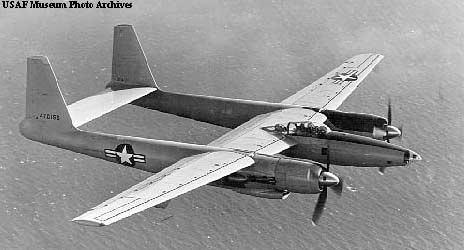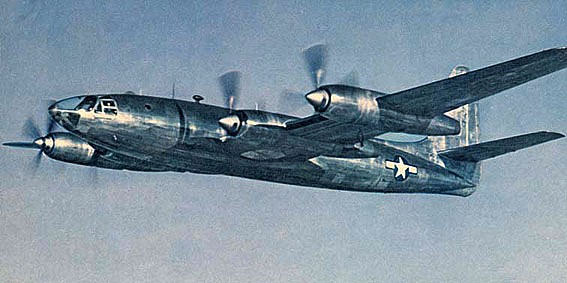GrauGeist
Generalfeldmarschall zur Luftschiff Abteilung
That was the issue with the B-17s and B-24s during WWII, when attacked by Me262s.A friend who was a tail gunner on B-29s in Korea said he was terrified of the MiG-15. The tracking system of the 29 could not track the 15 as the attacks were faster than the onboard system capability. He never mentioned any prop plane attacks. In fact, when discussing missions, he would get that far away look and stop talking.
Their best chance to down an Me262 (just as with the B-29 and MiG-15s) was if attacked from behind, but that was a small window of opportunity because once those four 30mm cannon opened up, things were getting ugly fast.


